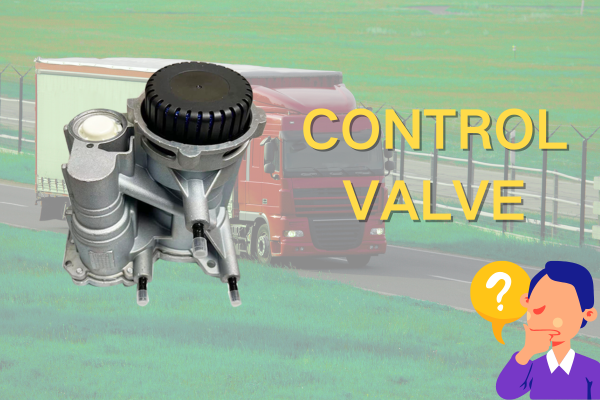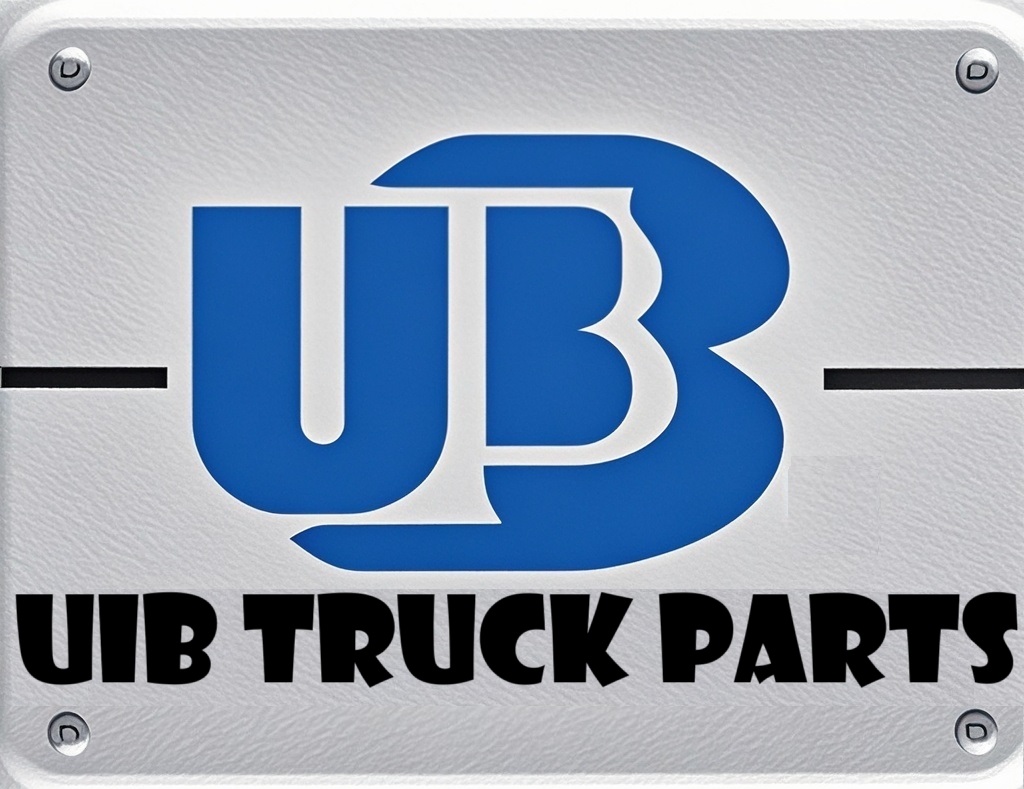About Us
Why Does Your Truck Keep Overheating? Understanding the Working Principles of Cooling Fans
Views : 171
Update time : 2025-06-24 17:36:35
Trucks are generally equipped with cooling fans, whose primary function is to dissipate heat from the engine, ensuring it operates within an optimal temperature range. Below is a detailed introduction to truck cooling fans:
I. Types and Working Principles of Cooling Fans
1. Mechanical Fans
- Driving Method: Driven directly by the engine belt, with the rotational speed proportional to the engine speed.
- Characteristics: Simple structure and high reliability, but power consumption varies with engine speed, potentially increasing fuel consumption.
2. Electric Fans
- Driving Method: Powered by the vehicle's battery, controlled by a temperature - sensitive switch or ECU (Electronic Control Unit) for starting and stopping.
- Characteristics: Can be precisely adjusted according to engine temperature, offering good energy - saving performance. Commonly used in modern trucks or turbocharged models.
3. Silicone Oil Fans
- Driving Method: Power is transmitted through a silicone oil clutch. As the temperature rises, the viscosity of the silicone oil increases, boosting the fan's rotational speed.
- Characteristics: Combines the reliability of mechanical drive with the flexibility of temperature - controlled adjustment. Once widely applied in heavy - duty trucks.
II. Installation Positions and Functions of Cooling Fans
- Installation Position: Usually located behind the engine radiator (water tank), working in conjunction with the radiator.
- Core Functions:
- When the truck is moving at a low speed or idling, it actively draws air through the radiator, enhancing heat dissipation efficiency.
- In high - temperature environments or under heavy - load conditions, it rapidly reduces the coolant temperature to prevent engine overheating.
III. Configuration Differences of Cooling Fans in Different Types of Trucks
Truck Type | Characteristics of Cooling Fans |
|---|---|
| Light - duty Trucks | Mostly use electric fans, featuring a compact structure and precise temperature control, suitable for urban short - distance transportation scenarios. |
| Heavy - duty Trucks | Commonly equipped with mechanical fans or silicone oil fans. With high heat dissipation requirements, they can handle long - term heavy loads, uphill climbs, and other harsh working conditions. |
| New Energy Trucks | Predominantly use electric fans. Some models integrate liquid - cooling systems to dissipate heat for components such as motors and batteries simultaneously. |
IV. Common Faults and Maintenance of Cooling Fans
Fault Manifestations
- The fan fails to rotate or has abnormal rotational speed, which may trigger an engine overheating alarm.
- Unusual noises from the fan, often caused by bearing wear, blade deformation, or clutch failures.
Maintenance Key Points
- Regularly inspect fan blades for damage or looseness, and clean debris (such as dirt and catkins) on the blades.
- For mechanical fans, pay attention to the tension of the belt; for electric fans, check the circuit and the sensitivity of the temperature - controlled switch.
Conclusion
Cooling fans are crucial components of a truck's heat dissipation system. Their configurations vary according to vehicle types, working conditions, and technical routes. Whether in traditional fuel - powered trucks or new energy trucks, cooling fans ensure the stable operation of the engine (or power system) through active heat dissipation, serving as an important guarantee for truck reliability.
#Truck Cooling Fans #Fan Types Installation Maintenance #Heat Dissipation Engine Overheating
Related News
 Revealing Three Little-Known Facts About Trucks
Revealing Three Little-Known Facts About Trucks
Aug 06,2025
This article presents three little-known facts about trucks, including that the cab can be flipped for engine maintenance, the rearview mirrors are equipped with defrosting and deicing functions, and the small tank next to the fuel tank is an urea tank which is crucial for environmental protection. It helps readers understand the secrets behind truck designs and functions.
 Control Valve: The "Key Steward" in Truck Engines
Control Valve: The "Key Steward" in Truck Engines
Aug 05,2025
This article introduces the role of the control valve in the diesel pump, including controlling fuel quantity and stabilizing pressure; lists symptoms when it malfunctions, such as weakened power and increased fuel consumption; provides maintenance methods, and illustrates through cases that paying attention to the control valve can avoid unnecessary expenses.
 Control Valve: The "Invisible Commander" of Truck Power
Control Valve: The "Invisible Commander" of Truck Power
Aug 05,2025
The control valve is an indispensable core regulating component in the truck power system. Although it hides inside the machinery and keeps a low profile, it relies on its powerful functions to precisely command the rhythm of power output, comprehensively ensure driving safety, and intelligently adapt to various working conditions. With sophisticated design techniques and durable material selection, it can achieve a perfect balance between power and efficiency in various complex scenarios, and can be called the invisible cornerstone supporting the efficient and stable operation of trucks.
 Truck Snow Chains: Safety Guarantee on Icy and Snowy Roads
Truck Snow Chains: Safety Guarantee on Icy and Snowy Roads
Jul 28,2025
This article elaborates on truck snow chains, including their important role on icy and snowy roads, applicable scenarios, selection methods, installation steps, and usage precautions. It aims to provide references for truck drivers to drive safely in icy and snowy weather and reduce accidents caused by slippery roads.
